The 6 key components for choosing acrylic paints that are best for your painting project
Acrylic paints are a ton of fun to play with, but did you know that not all paints are created equal?
As cray cray as that sounds, knowing how to handle your various types of acrylic paint can give you a leg up on your painting experience AND gives you plenty of awareness the next time you are out buying more paint.
So with that being said….
Why is understanding your acrylic paint so important?

I know in the beginning, just getting a tube of acrylic paint seems daunting enough, let alone understanding all the mysterious markings on its person. But, understanding your paint and the ingredients that make up that pigment can improve your paintings and save you lots of headaches in the long run.
This includes knowing which brands give you the best paint for your money, which paints will give you the right brush effects, and even how to expertly replace your favorite paint tube without compromising on quality or color.
Now that we have that covered….
What exactly is acrylic paint?
Acrylic paint is a fast-drying paint made of pigments (aka color) suspended in acrylic polymer emulsion. They are soluble when wet, but become water-resistant when dried, giving you lots of various layering advantages in your paintings.
Acrylics are made up of various pigments and specific binder compounds, which contributes to the overall paint quality, viscosity, saturation, duration, and color. And depending on the paints (and the paint ingredients) you choose, you can get different results – for better or for worse.

The Key Factors Behind Acrylic Paint
Lightfastness/Permanence
Permanence is ability of paint pigment to resist fading when exposed to light over time. Paint pigments that tend to fade over time are known as fugitive colors.
There are few lightfast standards out there, but most paint manufacturers follow the ASTM (American Standard for Testing and Materials) standard, which classifies pigment colors based on a test that simulates 20 years of gallery exposure:
ASTM Permanence Standard
- ASTM I = Excellent Lightfastness (aka paint color lasts 100+ years)
- ASTM II= Very Good Lightfastness
- ASTM III= Not very Lightfast/Fugitive (paint color lasts 15-50 years)
You can usually find these lightfast ratings on every tube of paint – and my recommendation would be to use paint with excellent or very good lightfastness.
Opacity Type
Opacity indicates how opaque or transparent your paint is.
- Transparent paint is represented as an empty box
- Semi-transparent is represented as a half-filled box
- Opaque paint is represented as a solid box
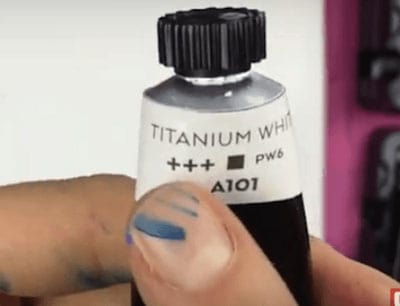
Other manufacturers, like Golden, may include a swatch of the color over a black line to physically indicate opacity. If the black line is visible over the paint swatch, the paint is transparent; if the black line disappears, the paint is opaque.
Paint Viscosity
Viscosity refers to the thickness of the paint. The binder or acrylic resin added to the pigment gives more or less body (viscosity) to the acrylic paint. In other words, the more binder added to paint, the denser, less viscous, more paste-like it will be.
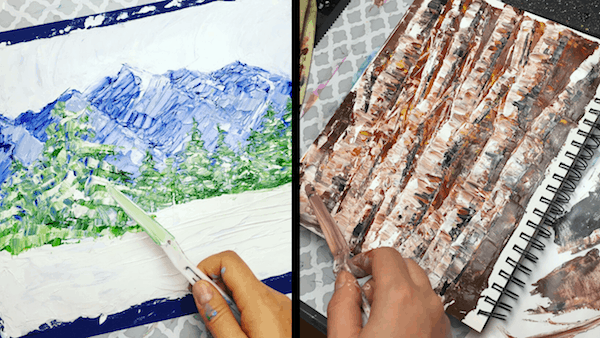
There are 3 famous types of paint viscosities, which include the following:
- Heavy body acrylics: a peanut-buttery, paste-like consistency of paint that is great for palette knifes, impasto-style paintings, and textured brush strokes. They can also be diluted with water to create a higher flow of color.
- Soft body acrylics: a soft, creamy paste with the consistency of custard that is great for brush details, glazes, undercoats, or painting large flat areas.
- Liquid Acrylics: a free-flowing, extremely diluted with pigments paint with the milk-like consistency, liquid acrylics are ideal for paintbrushes, airbrush and frescoes (to name a few).
If you’re looking for a viscosity that falls in between these types, using acrylic mediums to thin out your paint is a great way to do this without compromising color or paint integrity.
As far as viscosity preferences goes, I personally like the heavy paints, because I could get the thick texture from the heavy body and still thin it down with an acrylic medium to get a more fluid paint viscosity.
But, I highly suggest you to try out each paint type to best figure out what it is you like most for your projects.
Drying Time
Unlike oil paint, acrylic paint has a faster drying time, which means it transformed the painting process (and drying time) from weeks to minutes. However, this can also be a setback, especially if your paint dries before you’re actually done using it (which can make mixing and blending a nightmare sometimes).
For this reason, some artists look for ways to extend the drying time of acrylics so they can stay workable for longer – and still harness the benefits of acrylics without the days long drying time of oil paint.
Enter retarding mediums or interactive/open acrylics, both of which are a new form of acrylic paint with pre-mixed retardants to slow down the drying time of acrylics. Open acrylics are a great options for artists who love the look and feel of oil paints but want to speed things up.
Read more: Keep Your Acrylic Paint Wet for Longer
Paint Quality
When buying acrylics, they usually are found in two grades: artists’ (or professional) quality and students’ quality. Both can serve different purposes for different artists.
Professional grade paint usually come in a wide range of color, have a high concentration of pigment, and usually have stellar permanence ratings.
Student grade paint is usually cheaper which means it has lower concentrations of pigment and more filler – which can totally weaken your paint color (and require more layers). And, they usually have sub-par permanence ratings, which means your paintings will not last you a long time.
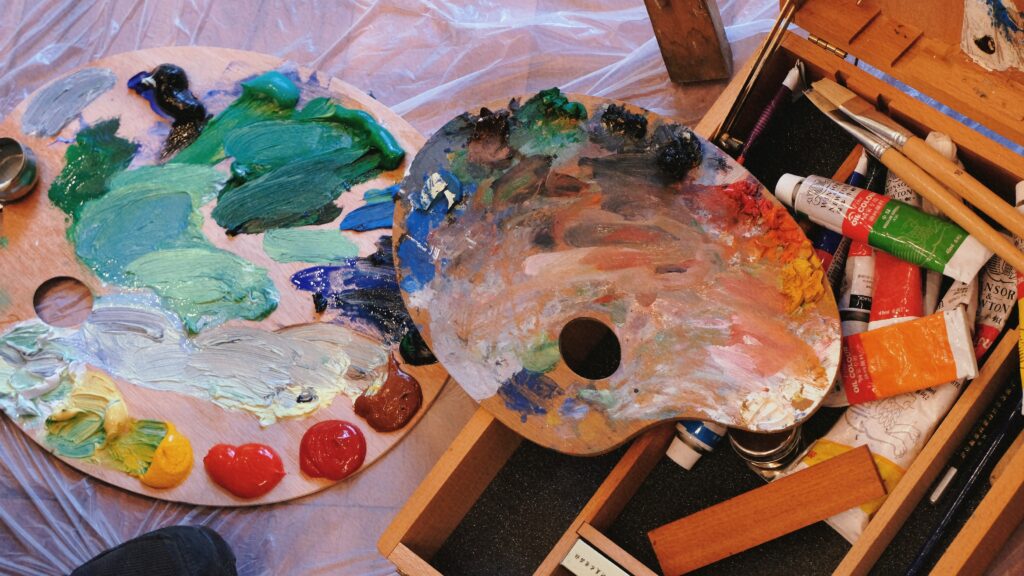
If you’re a beginner and need to stick to a budget, starting with student grade paint is totally fine. It’s a great way to learn color mixing and paint application – but once you’re at the stage where you want to preserve your art (or take commissions and make money from it), invest in the professional grade paint.
As an in-between solution, you can use student grade paint for your under-paintings or color blocking and then work with your more expensive professional paint colors on top of those layers to add color saturation and richness.
Brands
There are lots of different paint brands out there, all of which fall within the range of student or professional grade. Now, I will say that some brands are definitely better than others, but when comparing paints from top-tier manufacturers, it comes down to personal preferences. And, I have been known to mix different brands together in my work – so really, it’s up to you.
Note: If you plan on using different brands of acrylic paint for the same painting, be sure they’re made with the same binder and are of the same grade quality. Combining paints with different formulas can actually result in poor adhesion and other not-so-good results.
Specific Things to Look for on a Paint Label
Series Type
Series type is an indicator of how expensive it is to produce a certain pigment. Series numbers of 1 are typically the cheapest to make. The higher the number, the higher the price.
Pigment Number
Paint is made of pigments, which gives it its unique color! Every pigment has a unique Color Index Name, consisting of two letters and some numbers. For example, PB29 is ultramarine blue while PB 15 is Phthalo blue.
Pigment Color Vs Pigment Hue
When considering your paint colors, you may also want to think about the color index number as well. In some cases, if a paint color is not purely made from one pigment and is instead made up of a mix of pigment colors, the paint label would then be classified as a hue.
This can make a big difference in the price of the paint, but also in the mixing capabilities of that paint – hailing back to good ol’ color theory.
The more pigments that are introduced into a mix, the more likely the colors will turn into mud or become muddier.
For example, if we were to compare cobalt blue hue from Liquitex vs cobalt blue from Golden, Liquitex uses 3 different pigments to create that color of cobalt blue, which makes it easier to produce (priced at $7.58), but can be a mixing liability with colors.
Golden’s cobalt blue is made of pure pigment (PB 28) and is a Series 8, which means it is much more expensive to produce (priced at $14.47 or $7.24 per fluid oz, almost 7 times more than Liquitex!). However, this will give you the most vibrant mixes!
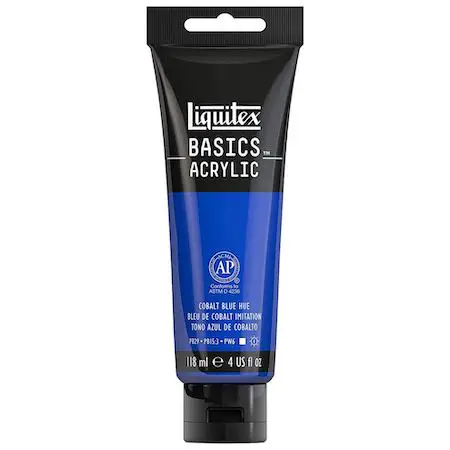
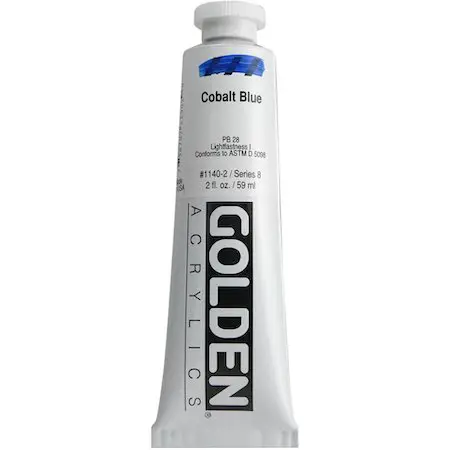
So, if you want to get the most vibrant color out of your painting, consider finding a paint that is as close to pure pigment as possible, which means you may need to find another brand for that particular color, but that’s totally OK and normal for most artists!
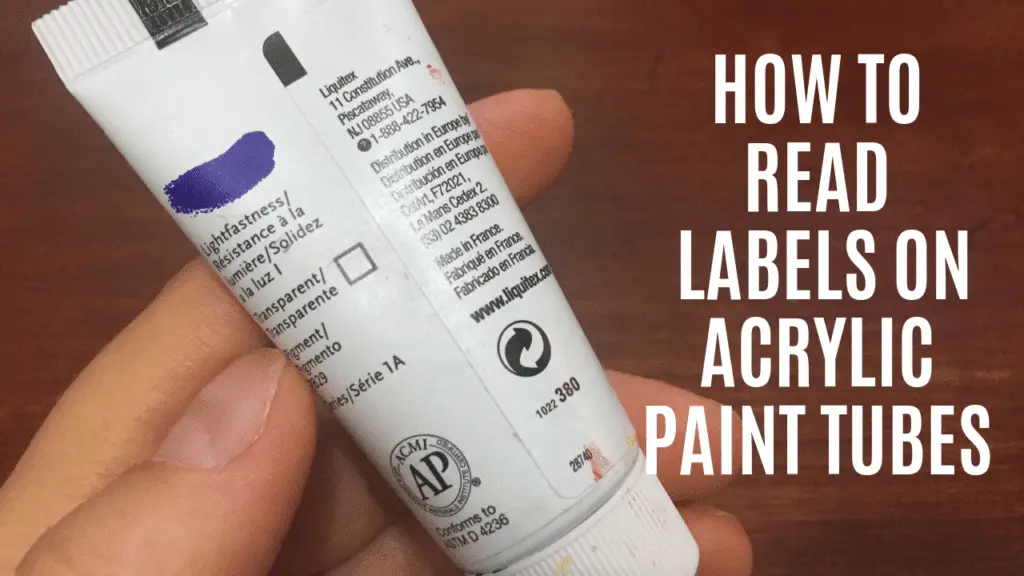


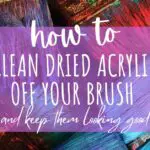
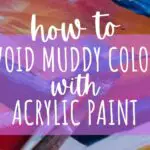
Hi Amanda, I don’t think I rate to be a Queen Bee, I’m a 67 year-old-grandfather and I just love watching your videos and I am now enjoying trying to do pop art. I love your tips and teaching style and look forward to learning so much more from you and your courses.
lol hi Rush! You definitely sound like a Queen Bee to me! 🙂 Thank you so much for your kind words and encouragement. It really is nice to know my videos are so helpful! I hope you have a wonderful rest of your day, love!